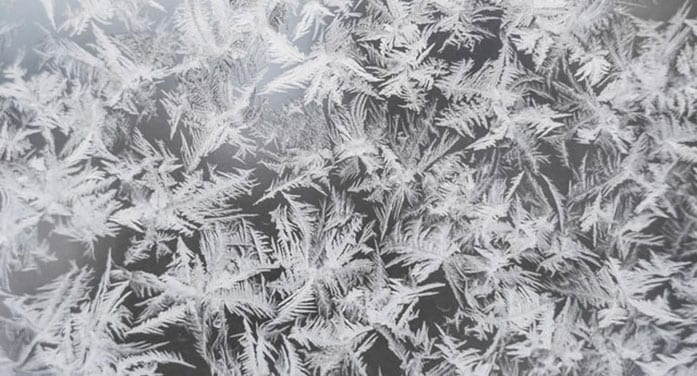 As I grow older, I like the cold less and less. I still love winter, but I wish it was warmer – wait, isn’t that summer?
As I grow older, I like the cold less and less. I still love winter, but I wish it was warmer – wait, isn’t that summer?
My favourite part of winter is when it snows – I never cease to marvel at the tiny flakes drifting down to earth, covering everything in a white blanket. But have you ever wondered what exactly snowflakes are?
Maybe I can shed a bit of light on that for you.
When I first started writing this, I thought the answer was pretty simple – cold white fluffy stuff, in many nifty shapes, forms in the clouds and falls to earth. And then I shovel it.
It seems it might be a bit more complicated than that.
In simplest terms, snowflakes are not just frozen raindrops, like sleet. Rather, they’re snow crystals that form when water vapour condenses directly into ice in the clouds.
In the winter, snow-forming clouds are primarily made of liquid water droplets, even when the temperature is below freezing. The water is said to be super-cooled, meaning it’s cooled below the freezing point (0C), but it’s still in a liquid state.
As the clouds get colder, the droplets start to freeze. This begins happening around -100C, but it’s a gradual process and the droplets don’t all freeze at once. If a droplet freezes, it becomes a small particle of ice surrounded by the remaining liquid water droplets in the cloud. The ice grows as water vapour condenses onto its surface, forming a snowflake in the process.
Once a droplet has frozen, it grows in the supersaturated environment, where the air is highly saturated with moisture when the temperature is below the freezing point. The droplet then continues to grow as water molecules are deposited onto the ice crystal surfaces.
When snowflakes begin life, they’re very tiny and shaped like a three-dimensional, six-sided pillar. As they grow, small arms or branches start to emerge, giving them their diagnostic shape, which can grow into elaborate shapes over time.
The shape and size of a snowflake depend mostly on the temperature and humidity when they’re developing. They tend to form simpler shapes when the humidity is low, while more complex shapes form at higher humidity. The most extreme shapes, such as long needles, form around -50C. Large, thin, plate-like flakes develop around -15C when the humidity is highest.
Under certain atmospheric conditions, individual snowflakes clump together with others, and large, fluffy, complex structures are formed that float to earth. These are essentially just many snowflakes joined together. The white colour of snowflakes arises as light is reflected, allowing only the white light to be visible to the naked eye.
We were always taught that snowflakes are perfectly symmetrical. Is this true?
The natural processes that form the arms of the snowflakes are random and depend on external factors such as humidity and temperature. As such, each of the six arms of a snowflake will never look like the others. So no, they’re not exactly symmetrical nor could they ever be.
Are any two snowflakes alike?
Again, since the influences are variable and random, the short answer is no. There are billions of possible combinations for the structure of the arms, so although one or two, statistically speaking, could develop as identical flakes, the odds are astronomically against it.
So as you enjoy the winter climes, marvel at these seemingly simple structures that rely on all the forces of nature for their beauty, structure and endurance.
It’s amazing how heavy these fluffy little creations can be as I try to shovel them – hmpff!
Geoff Carpentier is a published author, expedition guide and environmental consultant. Visit Geoff online at www.avocetnatureservices.com, on LinkedIn and on Facebook.
The views, opinions and positions expressed by columnists and contributors are the author’s alone. They do not inherently or expressly reflect the views, opinions and/or positions of our publication.


